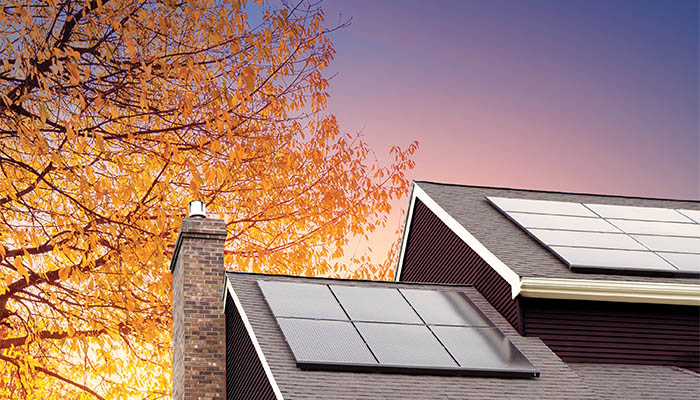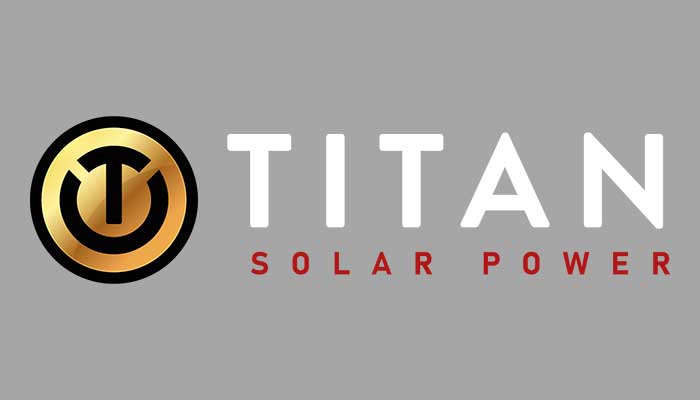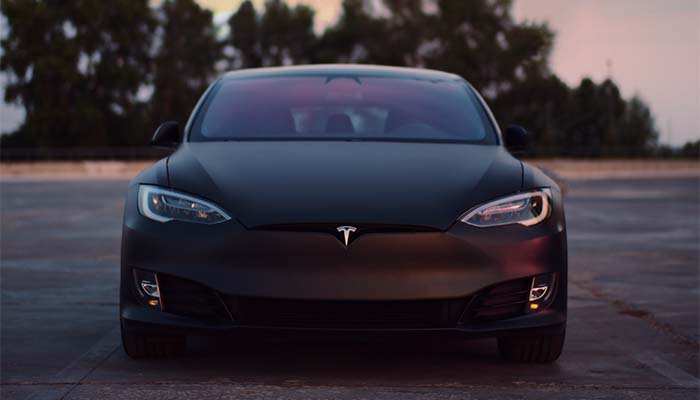
Updated January 22, 2022
If you’ve compared this year’s utility bills to last year, you’ve probably noticed something; they’re higher. In fact, you can pretty much guarantee that they will go up year after year, forever. The sun, on the other hand, is free. Solar panel costs might change from year to year, but once they’re installed, you don’t have to keep paying for fuel. So, how much does solar power cost compared to regular electricity?
According to the World Economic Forum (WEF), solar power is now cheaper than coal and other fossil fuels, including natural gas. That said, you spend more money upfront than you would for other power sources. The savings come over time, from reduced fuel costs.
Of course, there are several factors that affect your energy costs. These include the cost of your solar panels, and how much energy you’re still drawing from the grid. Let’s take a closer look at solar power costs, and how they compare to the cost of ordinary grid power.
What Affects the Cost of Regular Electricity?
Ordinary utility prices are a function of all the costs that go into producing grid power. From the construction of the power plant to line maintenance to the continuing cost of fuel. And, of course, the utility company also needs to make a profit. The combination of these factors are what will ultimately determine your monthly bill:
Fuel costs: Despite society’s best efforts, the majority of grid power is still produced by fossil fuel-burning plants. If the cost of coal or natural gas goes up, so does your utility bill. Worse, seasonal surges in demand can actually drive fuel costs higher, which puts your costs up even more. If your utility uses hydroelectric, nuclear, wind, or solar power, fuel costs are less of a concern. That said, you still have to pay for the cost of facilities maintenance.
Weather: Even if your energy comes from a natural source, the weather can have an impact on the supply. For example, solar power production goes down on cloudy days. Wind turbines, meanwhile, put out more or less power depending on how much wind there is. And hydroelectric power production gets more efficient after heavy rain, or during the spring thaw.
The power grid: Once electricity has been produced, it still has to be delivered to your house. This requires miles and miles of high-voltage lines, local distribution centers, and even more lower-voltage lines to get to your neighborhood. All of this infrastructure has to be maintained. And when extreme weather strikes, repairs are often necessary.
The type of customer: If you’re an ordinary residential customer, you’re going to pay the going market rate for power. But if you’re running a business that draws a lot of power, you may pay a lower price per kilowatt hour (kWh).
State regulations: Depending on your state, there may be a utility commission that regulates all of your prices. Other states regulate prices for distribution, but not for production.
What Affects the Cost of Solar Power?
Now that we’ve talked about the cost of regular electricity, let’s look at the flip side. What goes into the cost of solar power? Obviously, there’s the cost of the solar panels themselves. But there are also some other things you need to keep in mind. Here are the main drivers of solar power cost:
Solar panel costs: No matter how you cut it, your solar panels are almost definitely going to be the costliest part of your solar system. This could be an upfront cost, or you could finance or lease your solar panels and pay a monthly bill. In addition, there are other important parts of the initial installation. Aside from a bunch of cables, you’ll need an inverter to convert the solar panel’s DC output to the AC current that’s used in your home. You may also need additional metering equipment, depending on your configuration.
Battery storage: If you’re using a grid-connected solar system, backup batteries won’t be necessary. Under net metering, you’ll simply be credited for any excess production. But if you’re building an off-grid power system, you’re going to need a battery bank.
System maintenance: Depending on your local weather, you may have to have your panels cleaned regularly, or sweep them free of snow. If you have batteries, the cells will also need to be replaced every few years.
Tax credits: The exact tax credit for installing a solar system varies from year to year. In the past, it’s been as high as 30% of the solar system’s cost. Depending on the cost of the system and the rebate at the time of installation, you can save a boatload of money.
How Much Can I Save With Solar?
In order to estimate your savings from a solar system, you first need to know what you’re currently spending. It’s best to calculate this on an annual, not a monthly basis. Your monthly energy usage can change with the seasons, as can your solar system’s output.
Every household is different, but let’s take the average US household, which uses 10,649kWh per year. As of October 2021, the latest month for which we have solid numbers, the national average electricity cost was $0.1411 per kWh. That works out to an average annual cost of just over $1,500. Keep in mind that this is an average, and you’ll need to run your own numbers. But it illustrates your potential annual savings if you were to produce all your own power.
In addition, we need to keep in mind that energy prices aren’t static. Since 2010, the average national cost has increased by 1.3% per year. So if you saved $1,500 this year, you’d save $1,522.50 next year, $1,545 the next year, and so on. In year 25, you’d save $2,176.42, just for that year’s bills alone. Add up the savings for each year, and you get your estimated lifetime savings. There are plenty of calculators online to help you do this, but remember that these are estimated numbers. Your real-world savings will depend on the actual rate of energy cost inflation.
Other than your current energy costs, you need to consider how powerful your solar system is. If you’re not offsetting all of your energy use, you’ll still be paying for some grid power. Thankfully, you can avoid this beforehand by purchasing a powerful enough solar system for your needs.
Will I Still Have an Electric Bill?
Unless you’re building an off-grid solar system deep in the wilderness, you’ll still be tied into the grid. This means that you’ll still receive a monthly utility bill. But thanks to a practice called net metering, your bill can be significantly lower, maybe even only a few dollars.
Under net metering, any excess solar power you produce gets fed back into the grid. You then receive credit for every kWh of power you’ve supplied. At night, or when you’re drawing more power than you produce, any necessary power will be drawn from the grid. At the end of the month, your bill will summarize how much power you’ve drawn, as well as any credits. If you have enough credits to offset the power you’ve drawn, you’ll pay nothing for your electricity on that bill.
That said, your bill won’t actually be zero. To begin with, you’ll still be liable for taxes on any energy you’ve drawn from the grid, even if the cost was offset by solar credits. You’ll also have to pay maintenance and regulatory fees to the utility company. These cover the cost of maintaining the grid itself, so you can draw on it as needed. Normally, the total cost of taxes and fees will only be a few dollars a month, but this can vary.
Solar Power vs. Regular Power Pros & Cons
Before we wrap up, let’s look at the costs and benefits of solar power versus regular power. Remember, you don’t have to choose one or the other. Under net metering, you’ll most likely be using a combination of the two. Here are the pros and cons:
Solar Power
Pros:
- Provides savings on every monthly bill
- You get a tax credit for part of the purchase price
- You own your own power production
- It increases your home’s resale value
- It’s good for the environment
Cons:
- You have to do your own research and arrange your own installation
- Not suitable for all properties (shade, lot size, etc.)
- Significant upfront investment
Utility Power
Pros:
- Little effort is required
- No upfront investment
- Most houses are already connected to the grid
Cons:
- Higher long-term costs
- No tax credit
- Costs go up from year to year
- Probably not environmentally friendly (depends on the source)
Conclusion
As you can see, there are many factors that affect your solar power savings. But under virtually any circumstances, you’re going to save money over the long term. The question is how much power you need, and how much you’re willing to spend on your solar system.



